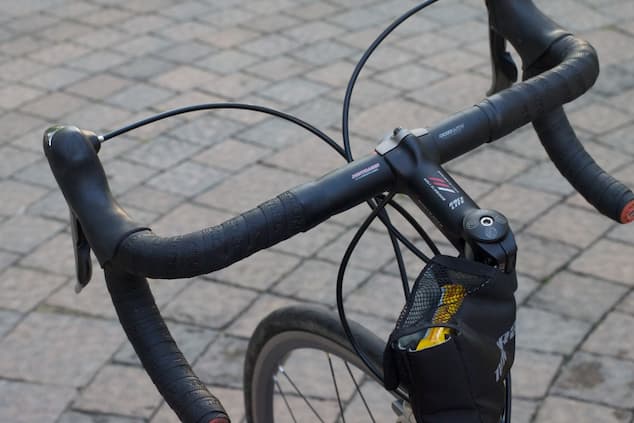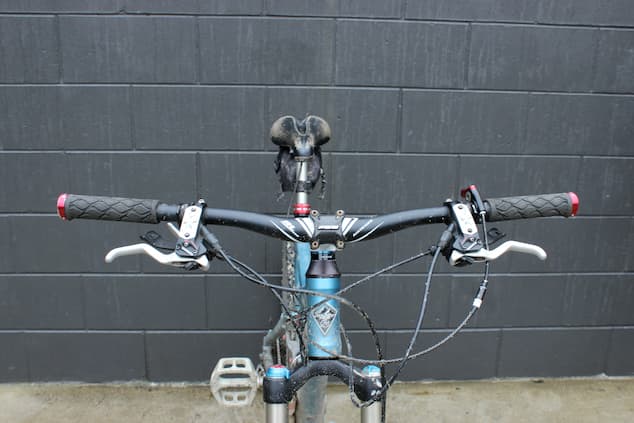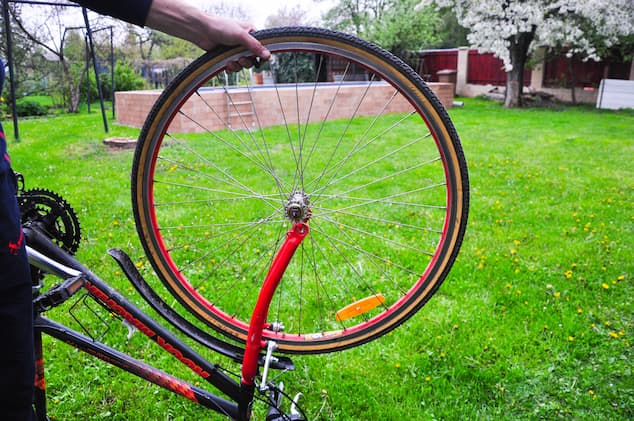Contents
Your bike is an important investment, and the right maintenance helps to keep it in good condition for longer. With regular care, your bike will last longer, perform better, and ensure a safer ride. In this post, I’ll cover the basics of bike maintenance and why it’s important to keep your bike in good working order. So, whether you ride to reduce your carbon footprint or bring a dose of excitement and adrenaline to your life, read on to find out how to take proper care of it!

Replace Your Bicycle Handlebar When It’s Worn Out
One of the most important parts of a bike is the bike handlebar which is the main point of contact between you and your ride. It’s what you use to steer, control your speed, and brake, and it plays a big role in how comfortable and stable your ride is. Think of it like the steering wheel of a car, if you have a loose or damaged steering wheel, it’s difficult to control the car and it can also be dangerous.
The same goes for bike handlebars because if they’re not in good condition or not the right fit for you, then this makes it hard to control the bike and makes the ride uncomfortable. The handlebar also affects the aerodynamics of the bike.
If you’re a road racer or just someone who rides fast, then drop bicycle handlebars are a good fit for you. These allow you to get into a more aerodynamic position and help you ride faster. On the other hand, if you’re more interested in comfort and stability, then flat or bullhorn handlebars might be a better option for you.
When Should I Replace My Bike Handlebar?

There are a few signs that it’s time to replace your handlebar. If you notice any cracks or excessive wear on it, or if it becomes bent or damaged in any way, it’s probably time for a replacement. Additionally, if you’re experiencing hand or wrist pain while riding, that’s also an indication that it’s not the right shape or size for you.
If you’re a casual rider who doesn’t put many miles on your bike, a quality bicycle handlebar will last you for several years. However, if you’re a mountain biker, or if you use your bike for commuting or other heavy use, you may need to replace this part of your bike more often. It also depends on how well you take care of your ride, if you’re using it in tough conditions, or if you have any damage to it. In any case, it’s always a good idea to keep an eye on your handlebar and replace it if you notice any signs of wear or damage.
Do Regular Cleaning and Lubrication
Keeping your bike sparkly clean and well-lubricated at all times is essential if you want it to run smoothly and last for as long as possible. By doing this, you prevent dirt and grime from building up on the moving parts of your bike, which cause wear and tear. It also helps you spot any potential issues with your ride, such as loose bolts or worn-out parts.
You should make sure to keep the moving parts of your bike properly lubricated to reduce friction and prevent damage. This includes things like the chain, gears, and other parts that are subjected to heavy use. When these parts aren’t lubricated properly, they typically become dry and stiff, which makes it harder to pedal and leads to increased wear and tear.
Make Sure You Can Stop Safely

If you ride frequently, you know how crucial it is that your bike has functional brakes. The key element to good bike brakes is having functional brake pads. These are the rubbery pads that push against the wheels of your bike to slow you down and bring you to a halt. And just like every other component on your bike, they will eventually wear out and require replacement. Because of this, it’s crucial to frequently inspect them.
Hearing a screaming or screeching sound when you brake is one of the most apparent symptoms that your brake pads are worn. This indicates that they’re so worn that they’re rubbing against the wheel’s metal supporting plate. This not only makes your brakes less effective, but it’s also irritating to hear. Another indicator is when the brake pads are thin, and the pad surface is worn down.
Check the Tires Before Every Ride

I speak from experience when I say that you don’t want to be caught with a flat tire out on the road. Not only is it a major bummer, but it’s also dangerous. That’s why it’s crucial to give your tires a quick check before each ride, making sure they’re properly inflated, and there are no visible signs of damage. Having a sidewall that’s been punctured, or has a tear on the tread is simply asking for trouble.
Underinflated tires make pedalling harder and increase the risk of a flat or a blowout. So, before you hop on your bike, take a few minutes to check your tires’ pressure and make sure they’re at the correct PSI level as recommended by the manufacturer. Also, keep in mind that, in the case of tubeless tires, you should check for any sealant leaks, and add more sealant if needed. Make sure that you always have an optimal seal to prevent any air leaks and maintain the right pressure.





Comments are closed.